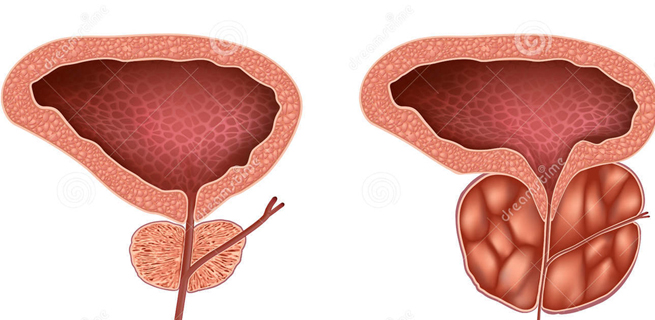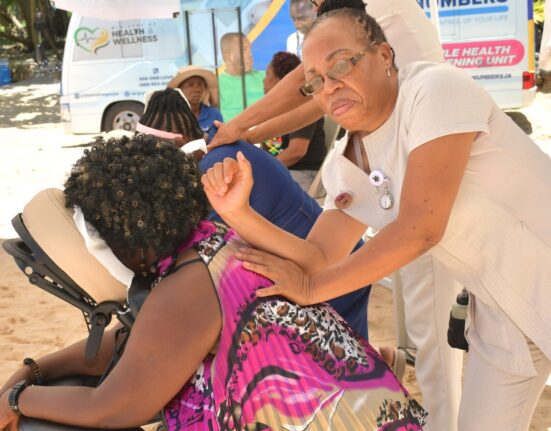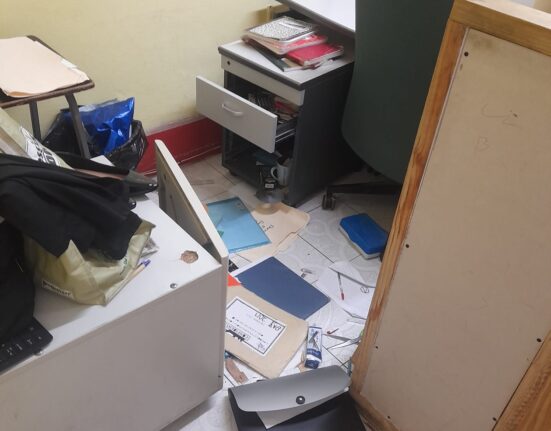This term has been thrown around more times than a soccer ball at a World Cup playoff. What does it mean? You go to your doctor, you gather your wits about you and prepare for the dreaded digital rectal examination and after you’ve filled your head with happy thought of rainbows and teddy bears and anything non-threatening and you realize the examination is over (because in the end it wasn’t THAT bad). Your doctor says to you: “Well, Mr…it appears you have Benign Prostatic Hyperplasia”. You then nod your head, pretend you know what it means and go on your merry way all the while thinking, hmm I bet I understand the theory of relativity more than that.
So what is it?
This I can answer, because I have no clue on the theory of relativity. Benign prostatic hyperplasia (BPH) is a common urological condition caused by the non-cancerous enlargement of the prostate gland as men get older. Here’s an anology I got from Dr. John Pfenninger which, I think, explains it a lot. I love donuts, that’s a confession, especially Krispy Kreme donuts. Think of the prostate as a donut and the bladder neck and urethra as a tubing passing through the donut. As the prostate gets larger, that is as the donut gets bigger, it compresses the tubing leading to the symptoms seen with BPH. The prostate is a normal part of the male reproductive system and is usually the size of a walnut. Its main purpose is to provide fluid for semen.
What are these symptoms?
One of my professors in medical school made a joke and related an incident when he was golfing with his friends and they all took a bathroom break. All lined up at the urinal ready to relieve themselves and he could tell his friends’ age or whether they had BPH based on how long it took them to begin urinating. It’s like writing your name in snow with your urine (yes men do these things); when you were 12 you could make out TOM clearly in the snow, now at 65 TOM may now look like LON.
Common symptoms are:
- the need to frequently empty the bladder, especially at night.
- difficulty in beginning to urinate
- dribbling after urination ends.
- decreased size and strength of the urine stream
- sensation that the bladder is not empty even after urination
- inability to postpone urination once the urge to urinate begins
- Pushing or straining in order to urinate.
How is it diagnosed?
Good old fashioned history taking by your physician and a physical examination in the form of a digital rectal examination. Many patients ask to have their “prostate hormone’ checked and while this is done a hormone level by itself will not yield a complete diagnosis. All factors (symptoms, physical exam findings and hormone level) are taken into account. Having said that, don’t be afraid to do your rectal examination. It’s done once a year after the age of 50. As I said before, think happy thoughts and relax, by the time you realize what’s happening the examination is over and you’ll think to yourself “Hey that was much ado about nothing!”
Treatment of BPH
Treatment really is only reserved for those patients with symptoms. As a man gets older his prostate will enlarge but not everyone will have symptoms. Otherwise, we employ watchful waiting. There are medical therapies available for patients with symptoms and surgical management if patients are unresponsive to medical intervention. Now that we have talked about this when you go to have your next check up say boldly and without a quiver of your bottom lip “Doc, I’m ready, let‘s do this!”









